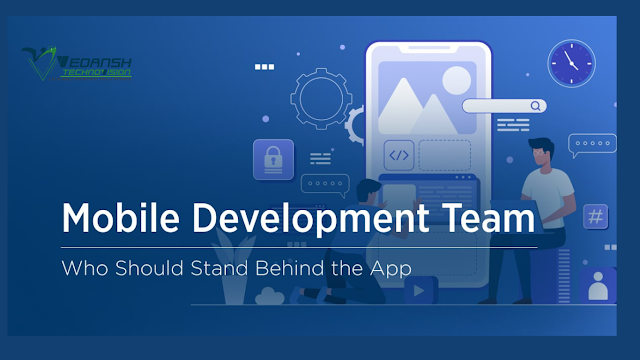Cross-Platform App Development with QML

In today's ever-evolving digital landscape, mobile app development has become a cornerstone of success for businesses and individuals alike. With a myriad of platforms available, ranging from iOS and Android to desktop and web, developers face the challenge of creating applications that can run seamlessly across multiple devices. This is where cross-platform development comes into play, offering a solution that enables the creation of applications that can be deployed across various platforms with minimal effort. In this article, we will explore the world of cross-platform development and delve into the power of QML (Qt Meta-Object Language), a declarative language that has gained prominence in the field. We will discuss the benefits of cross-platform development, examine the key features and advantages of QML, and provide a comprehensive guide on how to develop cross-platform apps using QML. Table of Contents: The Rise of Cross-Platform Development a. The Need for Cross-Platfor


